
As the flowers bloom and the sun shines a little brighter, it's the perfect time to refresh your home. Spring cleaning can seem like a huge undertaking, but with a clear plan, you’re more likely to break it down and complete it! Whether you're a seasoned home organizer or just looking for a fresh start, our spring cleaning checklist will help you transform your home into a clean, organized comfort.
Our spring cleaning checklist covers every major area in your home. Start with an outline of tasks to get a sense of what you'll be tackling. Remember, you can modify the list to fit your home's needs. To assist you further, we will provide room-by-room guides that include tips and tricks to make your cleaning as effective and efficient as possible.

Each room in your home serves a unique purpose and requires specific organizing strategies. Here's how to tackle spring cleaning in the most commonly used areas.
The heart of the home, and probably one of the most used and messy rooms.
This is where you relax and entertain, so it's important to create an inviting space.

A clutter-free and comfortable bedroom is essential for a good night's sleep and a calm start to your day.
This highly functional room can turn into a spa-like oasis with the right cleaning and organizing efforts.
With more people working from home, it's crucial to keep this space organized and conducive to productivity.

Some areas of your home, while not as visible, are just as important to include in your spring cleaning regimen.
This is your opportunity to welcome the sunshine into your home.
Deep cleaning your floors can greatly improve the overall cleanliness of your home.

Tackling your storage areas can greatly minimize clutter and make your daily life more manageable.
Finishing touches can make all the difference in the feeling of your home.

Remember, the most important thing is to start, and with every step you take, your home will feel more refreshed. Once your spring cleaning checklist is complete, maintaining this level of cleanliness can be easier. Simple daily habits, like washing dishes right after meals and doing quick tidying sessions, will help you keep your home in the state you love.
However, if you find yourself in need of deeper cleaning or restoration services, Bio-One of Chula Vista is here to help. Happy cleaning!
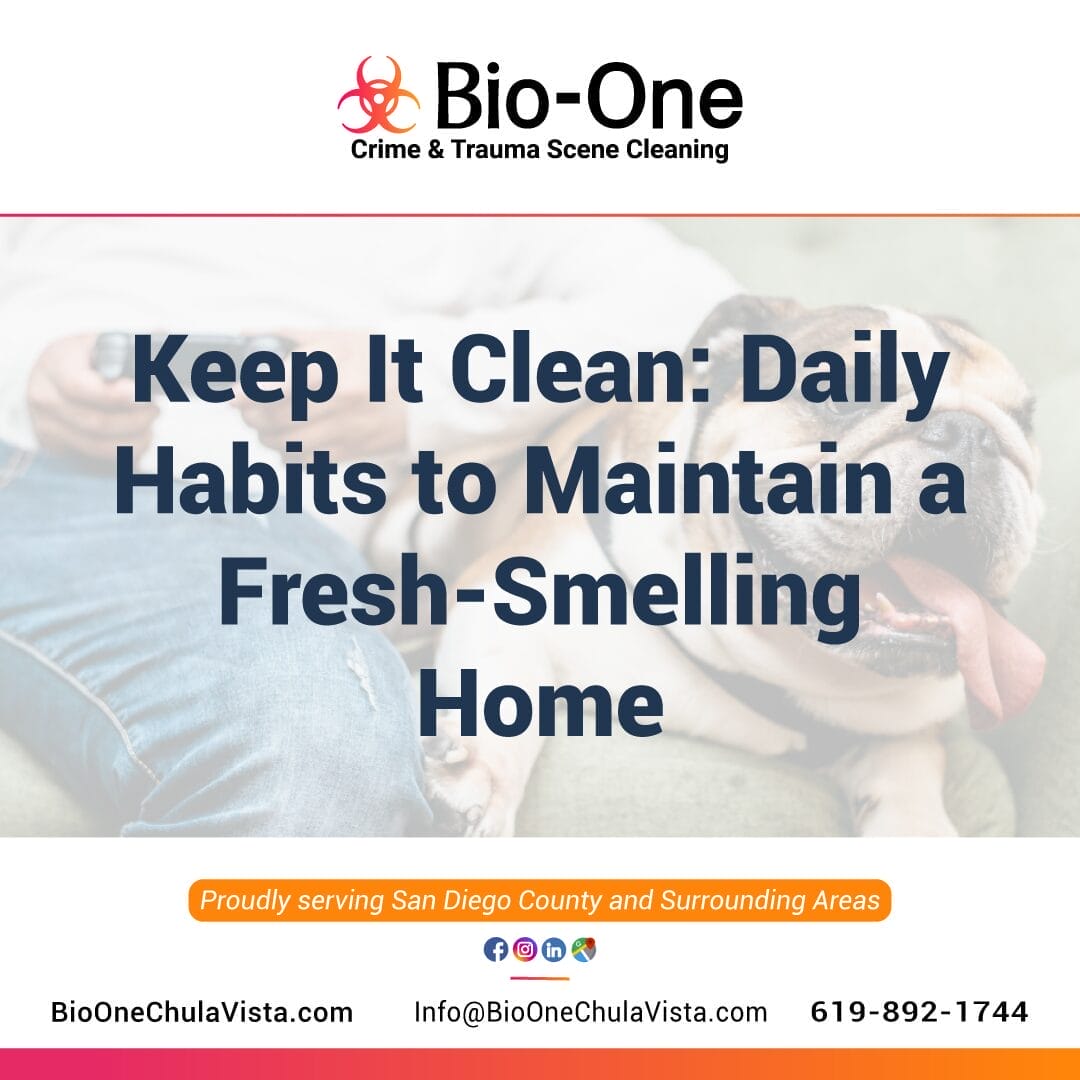
A home's scent, oftentimes lingering beneath the surfaces of its decor, speaks volumes about the residents' attention to detail and their care for the space they reside in. Whether you're a homeowner, pet lover, or simply an enthusiast of the oasis that home should reflect, our blog is crafted for anyone who wishes to return to a fragrant, welcoming abode each day! Here are our expert tips on how to deodorize your home, divided into four easy-to-remember sections.
Success in maintaining a fresh home lies in consistent effort—that means setting daily tasks like making your bed and wiping down surfaces, engaging in weekly rituals such as vacuuming and mopping, and ensuring monthly deep cleans for areas often overlooked.
Cleaning doesn’t have to be arduous. Discover how turning chores into a time for personal reflection, combining tasks with entertainment (podcasts, anyone?), and enlisting the whole family can lighten the load and even add a touch of enjoyment to a necessary routine.

Furry friends are part of the family, but they do introduce a set of odor challenges. Learn how to deodorize your home and keep pet areas clean and odor-free with strategic placements of bedding, the right cleaning schedules, and habits for pet hygiene. From enzymatic cleaners to deodorizing sprays, there are myriad products designed for pet households.

Don’t want last night’s fish dinner to leave a legacy? Cooking can fill your home with a tapestry of aromas, though not all are welcome to linger. Combat stubborn cooking smells by boiling a pot of water mixed with citrus peels or vinegar, which can neutralize odors effectively.
The kitchen trash can is often a battleground for odors. Keep it fresh by sprinkling baking soda at the bottom of the bin and regularly taking out the trash to prevent lingering odors from seeping into your home.
Bathrooms can be particularly difficult to keep smelling fresh, but we've got the know-how to make yours an oasis of cleanliness. Using a combination of baking soda and vinegar can work wonders in removing tough grime and neutralizing odors. Additionally, keep the air moving with proper ventilation; a fan or even a slightly opened window can significantly reduce moisture levels.
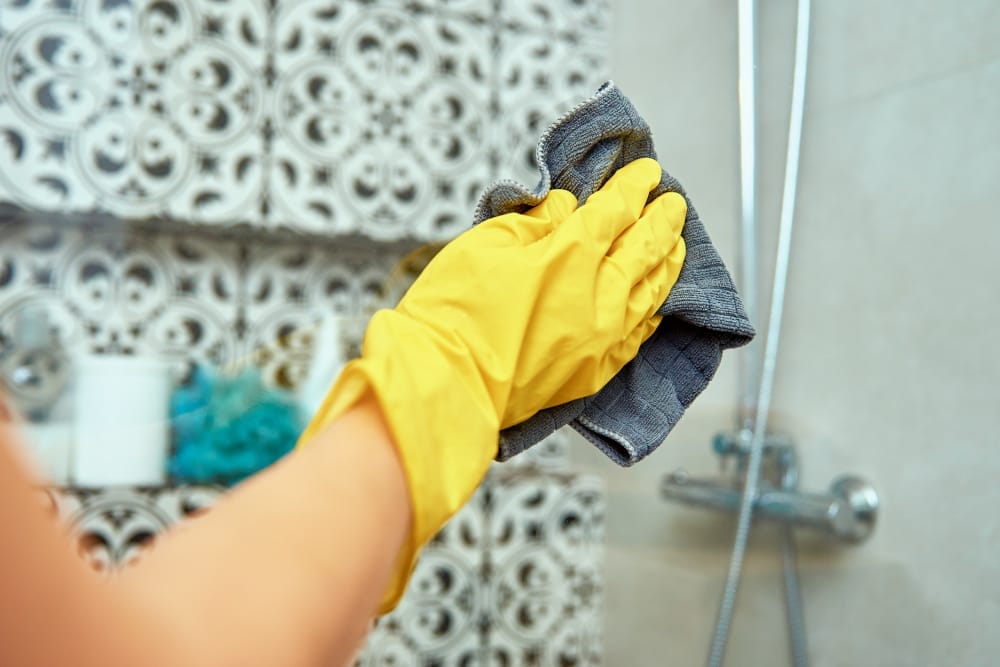
For those who prefer a more hands-on approach, we've curated a selection of household items that double as odor eliminators. Harness the power of baking soda, vinegar, and more to freshen your home effortlessly.
Proper ventilation can transform your home's atmosphere. From simple habits like opening windows at strategic times to using exhaust fans, this section provides the blueprints for efficient air circulation.
Sometimes, a little technological intervention can go a long way. Uncover the mysteries of air purifiers and how they not only improve air quality but also eliminate odors.
Even with the best strategies and techniques, persistent odors can sometimes indicate a more serious issue. If this is your case, or you simply feel unsure how to deodorize your home, Bio-One of Chula Vista offers professional odor removal services that target the root cause, leaving your house smelling fresh and clean! Learn about our specialized equipment and methods for eliminating stubborn odors caused by mold, bacteria, and other contaminants.


Selling a house isn't just a financial transaction; it's a meticulous dance of presentation and perception. One of the most significant factors that can sway a potential buyer is the cleanliness and tidiness of your home. A sparkling, well-kept house not only showcases its potential but also helps establish a positive association that stays with visitors long after they've left. But where to begin, and how to ensure you’re not missing any crucial spots? Fear not, homeowners, real estate agents, and all DIY enthusiasts, for we are here to take you through the best cleaning tips for selling a house.
We’ll cover the entire spectrum of decluttering, deep cleaning, enhancing curb appeal, taking care of maintenance and repairs, and staging it to perfection. Whether you're preparing to sell your beloved abode or readying a client's property for the market, these tips will steer you toward success.
Before getting into the nitty-gritty of grime-fighting, it’s best to start with decluttering — an essential step that can make your space more inviting and highlight its size and potential. Here’s how to declutter effectively.
Create a Sorting System
To tackle decluttering, begin with a sorting strategy. Designate three areas in each room for items to keep, donate, and throw away. Be ruthless in your decision-making; remember, less is more when showcasing your home!
Room by Room
Work through your home methodically, room by room. Start with the area that feels the most overwhelming to get the hard part out of the way. This often means beginning with storage spaces like closets and pantries.
The Art of Organization
Invest in storage solutions that not only keep items out of sight but also add to the aesthetics of the room. Simple and consistent storage, such as clear stackable containers, allows potential buyers to see the available space without being distracted by clutter.
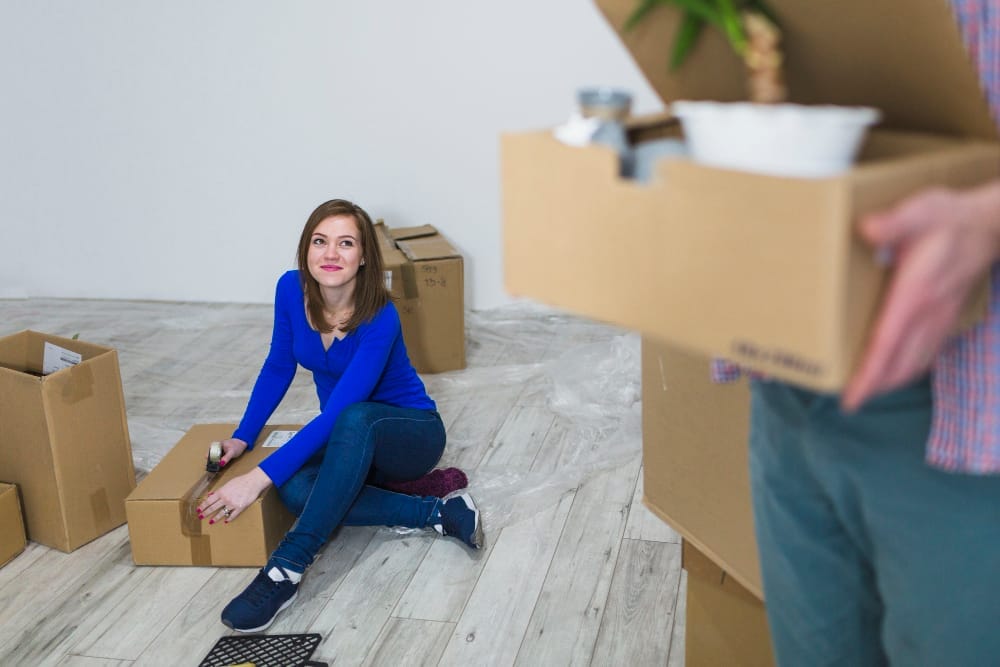
Here is your room-by-room cleaning tips for selling a house:
The Kitchen
Begin with the heart of the home. Clean the oven, microwave, and refrigerator thoroughly, paying attention to both interiors and exteriors. Wipe down cabinets and walls, and don’t forget to sweep and mop those hard-to-reach areas under appliances.
Bathrooms
Treat the bathroom as a personal spa. Polish faucets and showerheads to eliminate water spots, deep clean the toilet inside and out, scrub the tub and shower to remove any built-up residue and ensure floors and walls are spotless.
Living Spaces
For your living room, dust all surfaces, vacuum furniture, and wash pillow covers. In any office or entertainment space, organize cables and dust electronics. Finally, give special attention to windows — streak-free glass can make a room feel brighter and more open.
Bedrooms
In bedrooms, launder bed linens and make sure pillows and mattresses are clean and fresh. Dust all surfaces, including behind furniture, and vacuum or steam carpets. If possible, open windows to allow fresh air in and remove any trapped odors.
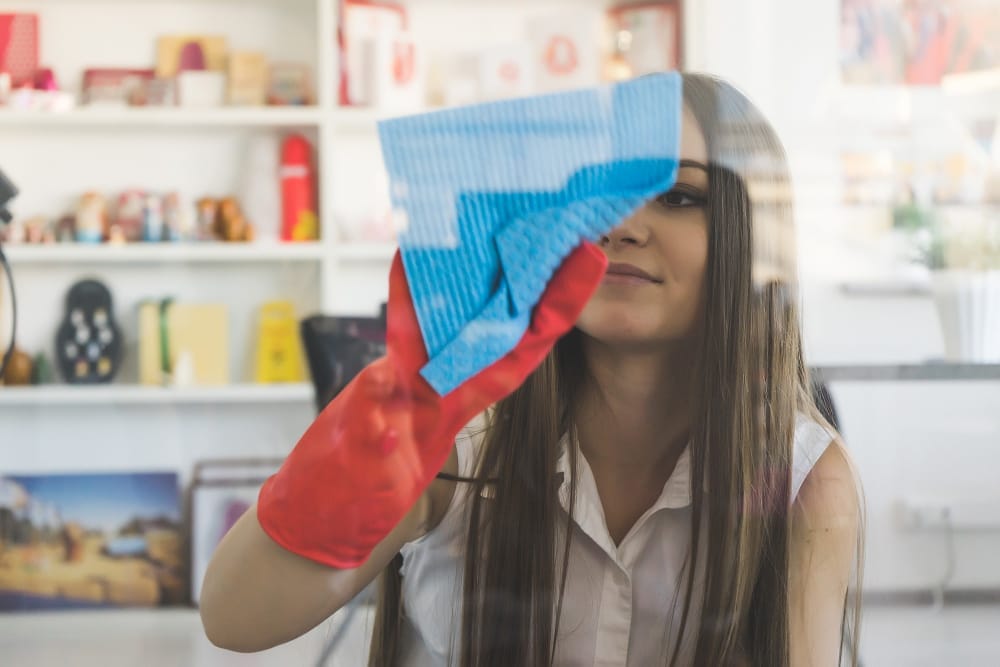
Your home's exterior is the first thing potential buyers will see, so it's critical to make a good impression. Here's how to ensure your home’s facade is as spotless as your interior.
Wash Your Walls
Use a pressure washer to clean the exterior walls; this is especially crucial if your home has siding. A thorough cleaning can make years' worth of dirt and grime disappear, instantly freshening up the look of your home.
Tend to Your Garden
A well-manicured garden is a significant selling point. Pull weeds, mow the lawn, trim hedges, and, if seasonally appropriate, plant flowers that complement your home’s aesthetic. You want to create an atmosphere that’s both serene and well-tended.

Polish Pathways and Driveways
Rental or buy a power washer and clean your driveway and pathways. This not only removes unsightly stains but also enhances safety by providing a clean, slip-free surface for foot and vehicle traffic.
Outdoor Spaces
If you have a patio or deck, clean and arrange your outdoor furniture to showcase potential entertaining spaces. Even if it's too cold for al fresco dining, having these spaces staged serves as a visual cue to the lifestyle opportunities your home offers.
Buyers often look for reasons to negotiate the price down, so make sure you've taken care of all minor repairs.
Repair Minor Issues
Walk through your home and look for any issues that might detract from its appeal. This includes leaky faucets, chipped paint, squeaky doors, and any broken fixtures. Taking the time to repair these will show the house as move-in ready.
Addressing Structural Concerns
If your house has more significant issues, such as a leaky roof or a sagging fence, it’s essential to address them before listing. While the repair may seem costly, it can preserve or even elevate the value of your home, making it a worthwhile investment.
Cosmetic Fixes
In addition to repairing, consider cosmetic updates like repainting rooms in neutral, on-trend colors, updating cabinet handles and light switches, and replacing any outdated light fixtures. These changes can be done relatively quickly and can greatly enhance your home’s appeal.

Staging your home can be the final flourish that convinces buyers that your house is their next home. Focus on each room’s strengths and highlight them. If you have a feature that’s sought after, like a fireplace, make it the focal point of the room. For less impressive areas, use strategically placed furniture or décor to help buyers envision its potential.
While personal touches can add character, the space should remain as neutral and clean as possible. This means removing all personal items like photos and keeping everything clean and free of clutter. The goal is to allow potential buyers to envision themselves living in the space.
We hope you can benefit from our cleaning tips for selling a house. If you find yourself needing further assistance, professionals are just a call away. Consider outsourcing services like window washing, carpet cleaning, and if it’s needed, the daunting task of biohazard remediation. Companies like ours at Bio-One of Chula Vista specialize in making the transition from one household to the next as seamless and straightforward as possible.
With our expertise, you can guarantee a clean handover of the keys, and a triumphant last impression to leave on your old home. Happy cleaning, and best of luck with the sale of your home!


In the shadow of a growing fentanyl crisis, understanding the role of Naloxone as a lifeline is more critical than ever before. Fentanyl, a synthetic opioid, is a potent and fast-acting drug that is 50 to 100 times more potent than morphine. This potency, coupled with its availability through illicit drug markets, has led to a surge in overdoses globally.
The frighteningly high statistics of fentanyl-related deaths make the focus on harm reduction and emergency response strategies such as Naloxone administration a matter of great importance for healthcare professionals and the general public alike.
Disclaimer: The intention of this blog is purely educational, aiming to shed light on the critical aspects of fentanyl misuse and the life-saving potential of Naloxone in overdose situations. We are a fentanyl remediation and biohazard cleanup company dedicated to providing professional cleanup services in the aftermath of fentanyl or drug-related scenarios. Our focus on sharing this information is to contribute to awareness and understanding, not to substitute for professional medical advice or emergency response training.
Fentanyl, developed for medical use, has transcended into recreational drug abuse. It is often laced with other drugs, such as heroin or cocaine, creating amplified risks for those who use these substances without the knowledge that they contain fentanyl.
The co-presence of fentanyl in other opioids has not only made street drug ingestion more treacherous but also complicates the efforts of healthcare professionals to effectively treat overdoses. It's a silent killer that's leaving a trail of tragedy in its wake, with deaths increasing at an alarming rate.

Naloxone, sold under the brand name Narcan among others, is a medication used to block the effects of opioids, especially in overdose. It can help to reverse the breathing problems that can lead to death in those who have overdosed on fentanyl and other opioids. Often referred to as the "antidote" for opioid overdoses, Naloxone's role in saving lives is undisputed.

Naloxone works by competing with opioids to bind to the same receptors in the brain. However, Naloxone has a stronger affinity for these receptors. It effectively pushes the opioids off and reverses their effects, particularly those on breathing which could otherwise be deadly.
Naloxone is available in different forms, including injections and nasal sprays, making it an accessible tool in fighting the fentanyl crisis. The nasal spray, often favored for community distribution due to its user-friendliness, enables individuals without medical training to effectively and swiftly administer the medication in emergency overdose situations.
Many public health departments, community organizations, pharmacies, and healthcare professionals distribute Naloxone to the public to reduce the risk of overdose, especially among those at high risk, such as opioid users, their families, and friends. The U.S. Surgeon General has even issued an advisory encouraging more people to carry the medication and training on its use.
In all 50 states, pharmacies can provide Naloxone without a prescription. Education and training programs aim to teach individuals how to identify an overdose, respond to it, and administer Naloxone as needed. By removing access barriers, we can potentially save more lives.
Learn more: How to use a naloxone kit in the event of an overdose | UC Davis Health
If you are faced with the aftermath of a fentanyl scenario, it's imperative to seek professional remediation services. At Bio-One of Chula Vista, we can provide the necessary expertise to ensure the environment is safe for re-entry. Contact our experienced team for a free consultation in the San Diego County area. We are ready to help!


In the quiet corners of our bustling cities and picturesque suburbs, behind the veneer of normalcy, unseen stories unfold. Stories of individuals who, stricken by a seemingly unexplainable need to accumulate, find their once-comfortable spaces crammed with items most would discard. The act of hoarding goes beyond clutter and disorganization; it's a mental health concern that affects millions and often goes undiagnosed.
In this blog post, we'll unravel the enigma of hoarding, distinguish it from standard collecting behavior, and answer the common question: "Is hoarding a mental illness?" - Understanding the intricacies of this condition is the first step in providing empathy and actionable help to those who struggle and those who care for them.
The subtleties of hoarding often lead to misconceptions, with collecting and hoarding being interchanged as though they are interchangeable concepts.
Collecting is a practice that brings joy and satisfaction to many, focusing on a particular item or set of items that are carefully curated and sometimes displayed. Collectors are often proud of their collections, which may range from rare stamps to vintage guitars, and their behavior doesn't generally interfere with their daily lives.

On the other hand, hoarding is imbued with distress and compulsion, leading individuals to stockpile items that one might consider worthless, create impassable living conditions, and often isolate themselves from others due to the social stigma associated with their hoardings. It's marked by an inability to discard, significant emotional distress or a sense of unease in parting with items.
Experiences that evoke fear and loss often deeply root themselves into a person’s psyche, associating with the origins of hoarding. Confusion and frustration about what to keep can evolve into a nearly irresistible compulsion.
Hoarding often involves an emotional attachment to each item, composing a narrative of safety, comfort, or identity. These possessions become 'stand-ins' for important memories and relationships, unlike ordinary objects to a hoarder's eye.
For hoarders, cognitive distortions can heighten attachment to possessions. They may feel a strong need to not waste, believe they'll need items for an unspecified future event, or insist that they're the only capable caretakers of these items.
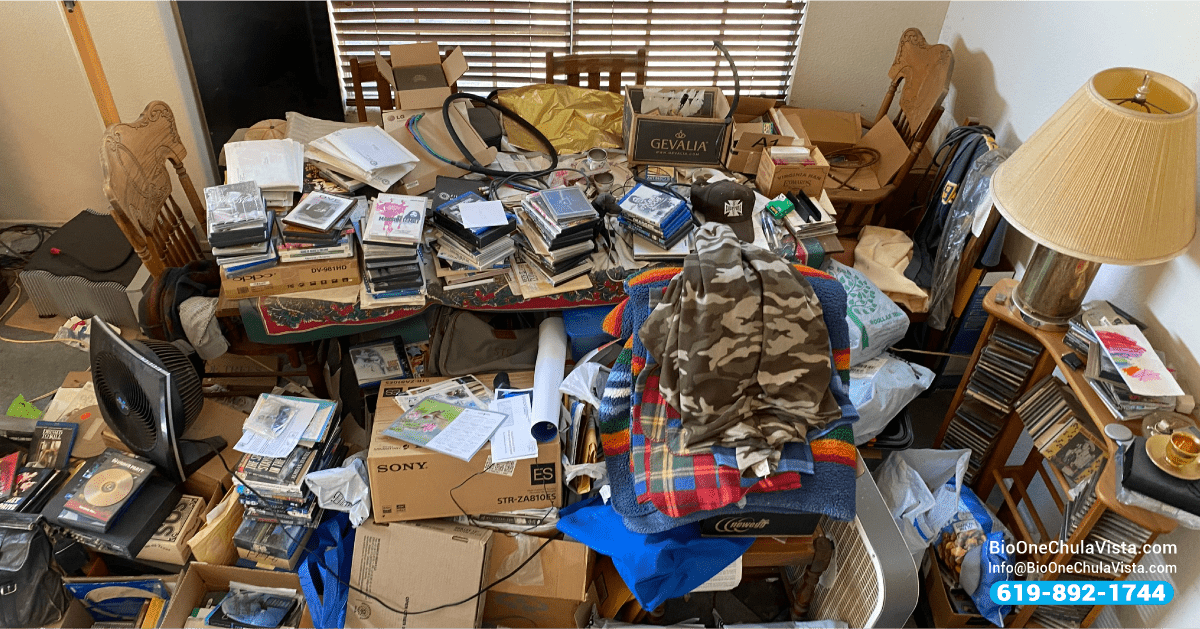
Every item forms a potential 'what if', effectively crippling ordinary decision-making processes. The inability to discard even the most mundane items can lead to an accumulation that feels out of control for the hoarder.
Understanding these psychological underpinnings is crucial to addressing hoarding not as a behavioral issue, but as a mental health matter deserving of professional assistance and societal support.
Traditionally categorized under Obsessive-Compulsive Disorder (OCD), hoarding has recently gained recognition as a distinct mental health condition known as Hoarding Disorder. It was classified as a separate diagnosis in the Diagnostic and Statistical Manual of Mental Disorders (DSM-5) in 2013.
People with Hoarding Disorder often exhibit symptoms of indecisiveness, perfectionism, and avoidance, which are common in OCD. The primary difference lies in the focus of attention; OCD involves intrusive, unwanted thoughts (obsessions), typically to which the individual responds with a behavior (compulsion). Hoarding is chiefly characterized by the behavior of accumulating and the distress it causes.

The stigma surrounding hoarding often results in isolation for individuals who need support the most. Media representations, while increasingly sensitive, have historically sensationalized hoarding, perpetuating myths and misunderstandings.
Understanding hoarding as a mental illness means a shift in perception and action. It's about more than cleanliness; it's about the individuals struggling beneath the weight of their possessions.

While the complexity of hoarding presents significant challenges, it's a call to action for inclusivity and empathy.
If you or someone you care for is struggling with the aftermath of hoarding, compassionate and thorough cleanup and restoration services can provide the first step towards physical and psychological recovery. Bio-One of Chula Vista specializes in hoarding cleanup, prioritizing the well-being of individuals while restoring houses and homes.
Our services extend beyond the removal of items, addressing the unique challenges of hoarded environments with empathy and professionalism. We work with a network of referrals to ensure the long-term success of our efforts.
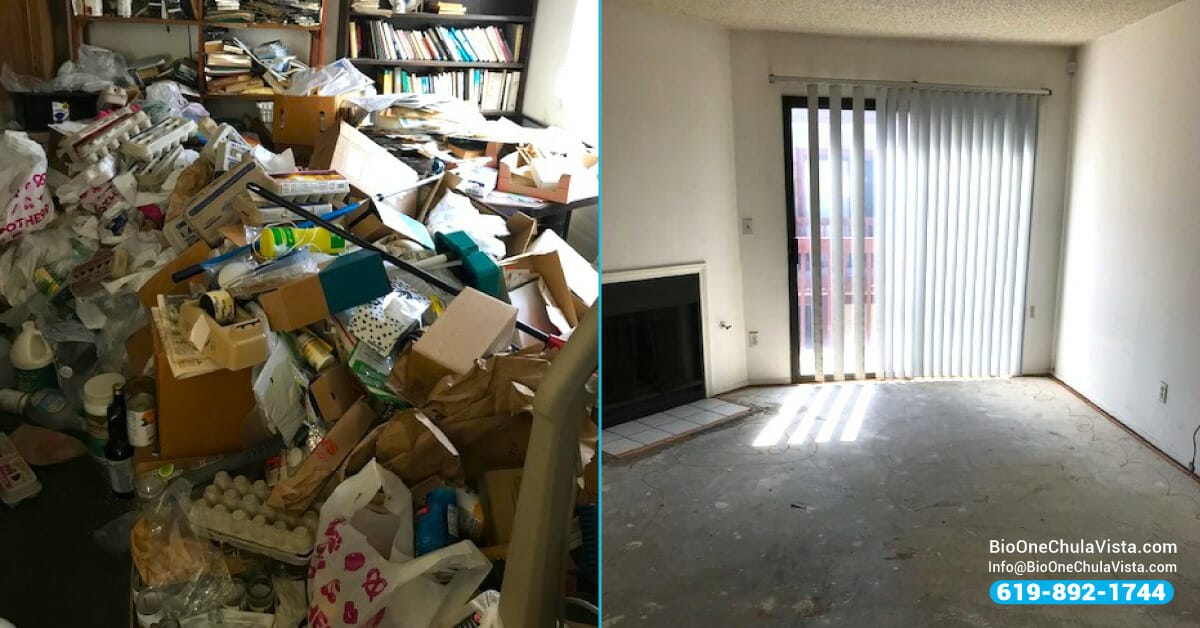

Left unchecked, mold and dampness can become silent invaders, compromising your home's integrity and your family's health. Our latest post serves as a guide and a must-read for homeowners and property managers eager to learn how to detect and prevent mold and dampness, leading to a healthier living environment.
Disclaimer: Please note that exposure to certain types of mold can lead to serious health issues. Given the potential risks associated with mold exposure, we strongly recommend enlisting the services of professional mold remediation experts to handle the detection, assessment, and removal of mold in your home.
Mold is a type of fungus that thrives in moisture-rich environments. Common sources of dampness in homes include:
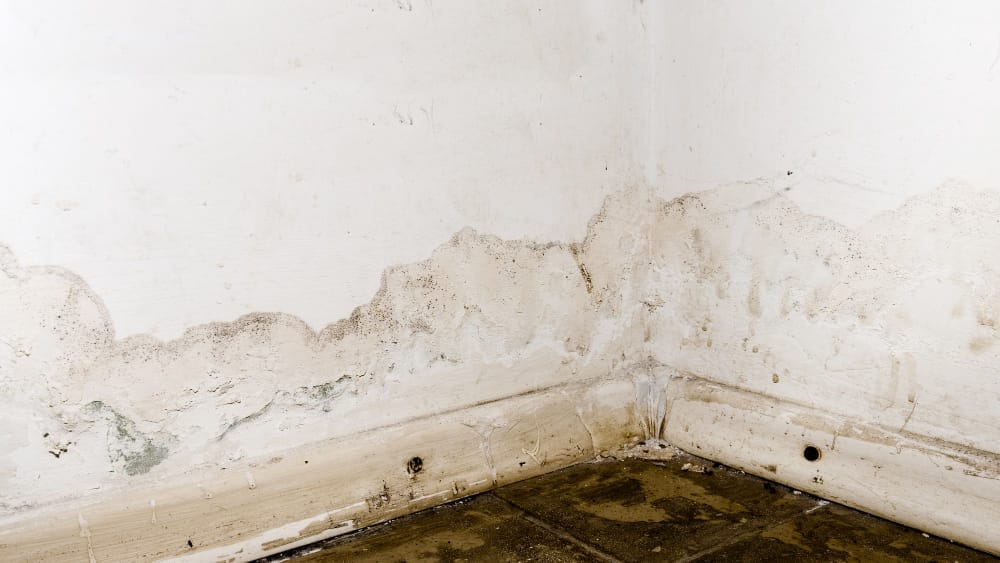
Mold is not always visible to the naked eye, which is why it's important to know the signs of its presence. Some common indicators of mold and dampness in your home include:
Learn more: 4 Clear Signs of Mold and Water Damage - Bio-One of Oceanside
Good ventilation and proper insulation are pivotal in keeping your home's moisture levels in check. Regularly inspecting and maintaining your ventilation systems, as well as ensuring that your insulation is adequate, go a long way in preventing mold.
Simple maintenance habits, like sealing cracks in the home's exterior, cleaning gutters, and reducing indoor humidity, are effective techniques in preventing mold and dampness. These are not just chores but essential practices to safeguard your home.
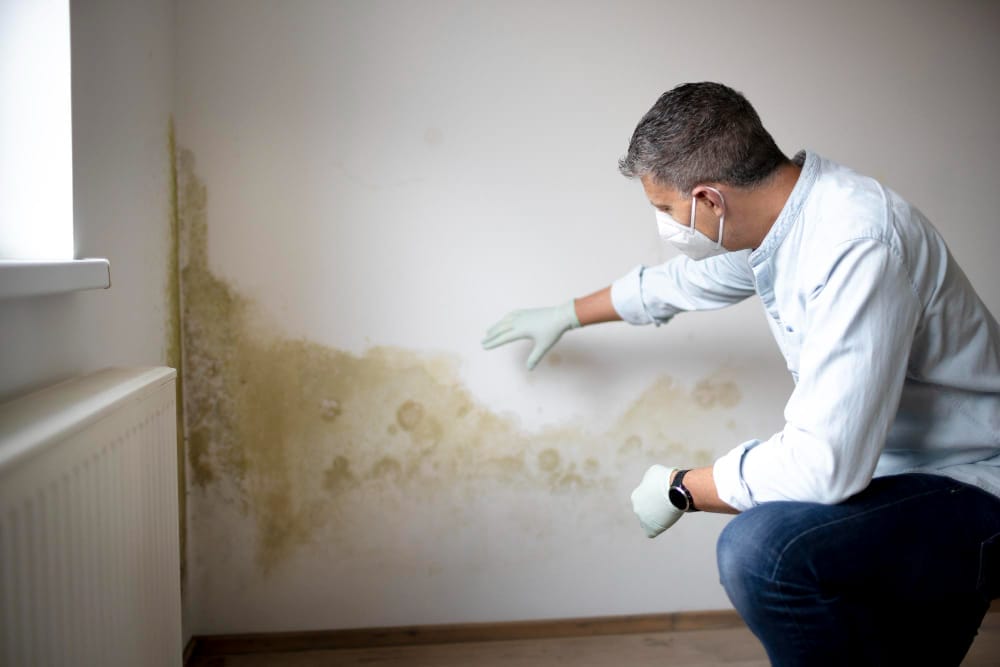
Our friends at Bio-One of Orange covered it all: Tips for Keeping Homes Free of Mold & How Bio-One Can Help
For small, contained mold problems, DIY methods can be effective. However, when mold has spread extensively, or the infestation returns, professional mold remediation services may be necessary, ensuring thorough removal and preventing recurrence.
By staying informed on the causes, prevention, detection, and treatment of mold, you take proactive steps in protecting your home. For more information on how to protect your home from mold and dampness, contact our team! Don't wait until mold becomes a problem!
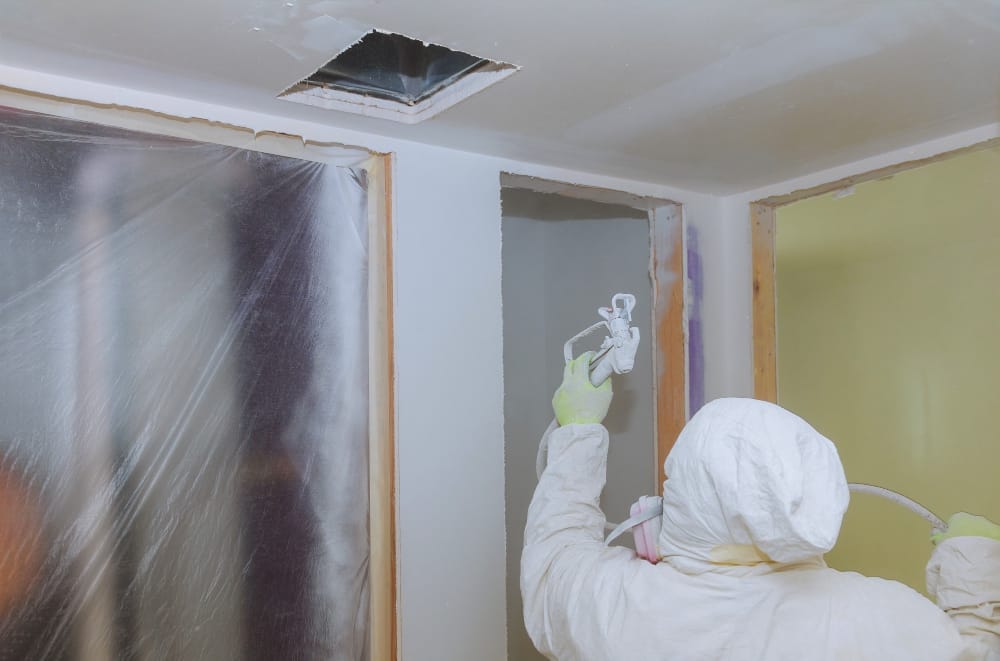

In the world of animal welfare, perhaps no issue is as complex, heart-wrenching, and potentially dangerous as animal hoarding. At its core, animal hoarding— cataloging a higher number of pets than one can adequately care for — doesn't stem from malice but rather a mental health disorder. Yet, the consequences for the animals and the hoarders can be catastrophic.
For those unfamiliar with the challenges of this disorder, you might wonder:
Sit back as we plunge into the depths of seeking help for animal hoarding, and the often-overlooked legal and mental health intricacies of this condition. Whether you're a concerned citizen, a rescue worker, or a potential client looking to initiate the cleanup process, our guide will illuminate the path to resolution and recovery.

Hoarders are not malicious in motive, but they often lack the insight to realize their behavior is harmful. Unlike standard pet owners or breeders, hoarders do not provide sufficient care for their animals. This neglect often results in animal health hazards, from malnourishment and disease to behavioral complications. It also creates unsanitary living conditions, which affect the hoarder's immediate environment and the broader community.
The act of hoarding is compulsive and repetitive, with animal hoarders often being older adults, disabled, or limited in resources. Many hoarders believe they are providing a service or sanctuary for the animals, and their collection often starts with positive intentions. However, as numbers grow, they outpace one's ability to care for them effectively.
The emotional and physical toll on the hoarder can be significant, but it pales in comparison to the suffering of the animals. They endure cramped living conditions, and high levels of stress from overcrowding, and usually receive substandard to no veterinary care. The impact on family and community members is also profound, with mental health issues and damage to property and relationships being common outcomes.

Rescue and welfare organizations are often the first point of contact for concerned citizens or hoarders seeking help. These bodies are equipped to intervene, providing assessment, care for animals, and support for hoarders in need. If you're interested in getting started help with animal hoarding, we recommend:
Community involvement is crucial in addressing animal hoarding. Many times, individuals who are hoarding animals do not recognize or acknowledge the severity of their actions. It is up to concerned citizens, neighbors, and community members to speak up and report any concerns.

Animal hoarding often comes with a host of legal issues, from charges related to animal cruelty and neglect to violations of municipal health codes. Depending on the severity of the situation, hoarders may face fines, and even lose custody of their animals.
Here's what you need to know: Criminal Law - What Is Animal Hoarding? Is It a Crime?
The debate around whether hoarding should be considered a criminal act is ongoing. While in some jurisdictions, severe cases are prosecuted as felonies, there's also a growing understanding of it as a public health issue, prompting more focus on rehabilitative measures.
The road to recovery from animal hoarding is long and arduous, but it is not a path anyone has to walk alone. Encouraging hoarders to seek help is the first step towards protecting both humans and their animal companions from further harm.
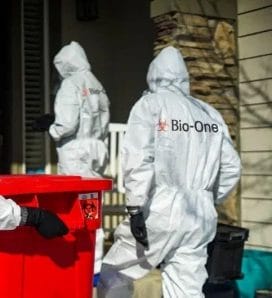
We covered it all in our post: Hoarding Help and Cleanup: Assisting A Loved One with Care - Be sure to take a look!
With compassion and expertise, Bio-One of Chula Vista can facilitate the difficult cleanup process, sparing hoarders from the overwhelming job of restoring their homes and providing a fresh start that respects the dignity of both people and animals it serves. If you or someone you know is facing the aftermath of animal hoarding, reach out to Bio-One of Chula Vista, where help comes not just with expertise, but with an unyielding commitment to empathy and respect!

Drug residue refers to the microscopic remnants of illegal substances like methamphetamine, cocaine, fentanyl, and opioids that linger long after the substance itself is gone. This residue can make its way into homes via former drug use, manufacturing activities, or even from a prior owner or tenant.
These substances can take the form of powders, pastes, and vapors that settle on surfaces and impregnate walls, floors, air ducts, and other porous materials. The danger here lies in the fact that residue can remain for weeks, months, or even years if not properly remediated.
Exposure to drug residue poses severe health risks, especially to children and those with compromised immune systems. The primary dangers include:
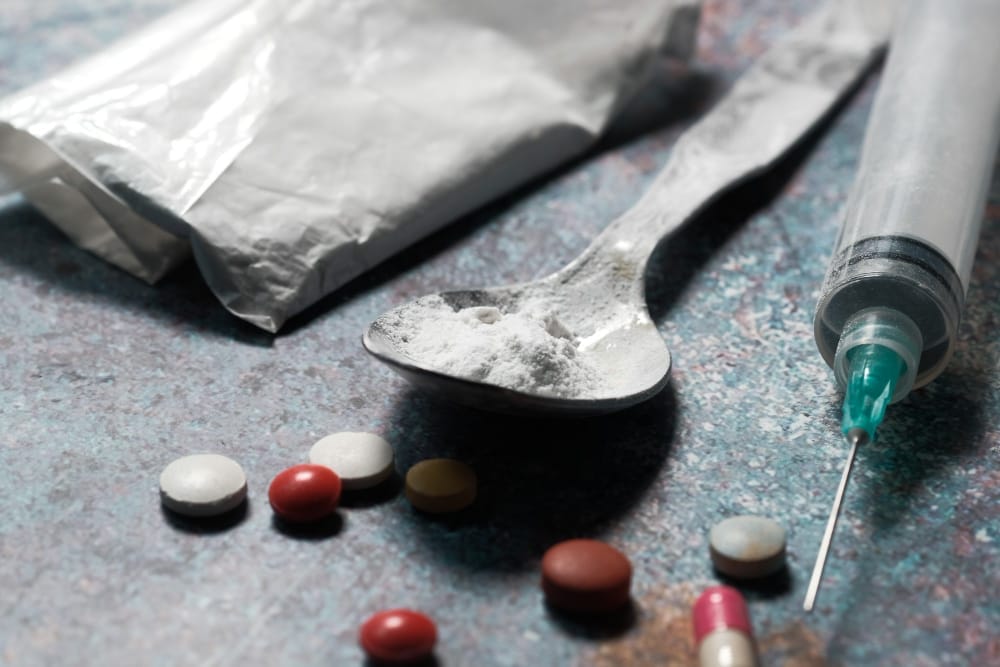
Detecting drug residue in your home is not as straightforward as spotting a spill. It requires vigilance and specialized equipment.
*: Please note that DIY testing kits cannot provide comprehensive results and should be followed by professional testing.

Preventing exposure to drug residue starts with awareness and diligence. Here are some preventive measures:
The professional remediation process intricately ensures the restoration of your home to a safe living environment. In search of more details on drug residue and how to safeguard your family? Visit our website or get in touch with our professionals to learn more about this overlooked home safety issue.
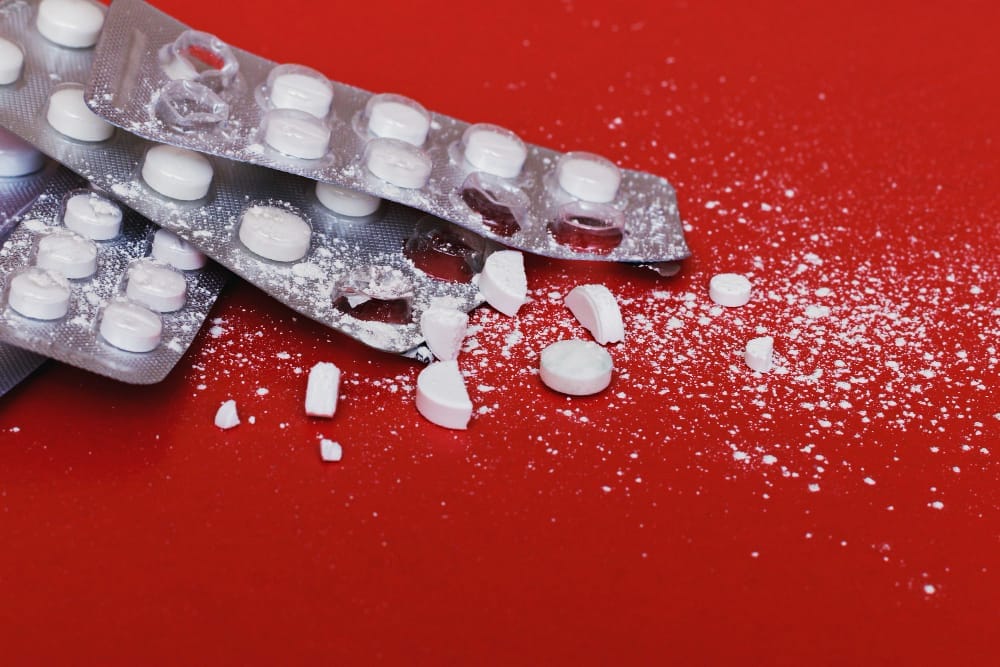
Finding yourself in a predicament where you must address drug residue in your living or business space can be overwhelming. Bio-One of Chula Vista shines as a beacon of support and expertise in such circumstances, providing comprehensive drug cleanup services in the San Diego County area.
Remember, when it comes to your most cherished environments, knowledge is power. Stay informed, stay vigilant, and don't hesitate to seek professional help when necessary!

The distinction between collectors and hoarders is more than just semantics. It’s about the underlying emotions and behaviors that drive the accumulation of items. While collecting can be a fulfilling and purposeful activity, hoarding is a complex issue that merits understanding and support. If you or someone you know is struggling with hoarding, here's what you should know before getting help.
To understand the differences between collecting and hoarding, it's essential to grasp the core of each behavior. Collecting is a passionate pursuit based on a desire to acquire and amass specific items for personal enjoyment, investment, historical preservation, or a combination of these. Hoarding, on the other hand, involves the excessive acquisition of items, coupled with an inability to discard them, resulting in a chaotic living environment that can severely impact one’s quality of life.
Collectors often approach their hobby systematically, valuing each acquisition for its aesthetic, historical, or monetary worth. This organized enthusiasm can lead to valuable collections that bring joy and a sense of accomplishment. Hoarders, however, typically accumulate seemingly arbitrary goods, often with no clear organizational system or end goal, which can pose significant health and safety risks.

The motivations driving collectors are diverse and deeply personal:
For hoarders, the act of accumulating items transcends typical notions of utility or enjoyment:
A true collector will have a specific focus within their collection, with a clear understanding of its value and a willingness to curate and care for their items. Healthy collectors typically keep their belongings organized and are likely to engage in their hobby within the boundaries of their living space.

In contrast, hoarding often involves the haphazard accumulation of items that detract from, rather than enhance, the living environment. Individuals with hoarding tendencies may struggle with making decisions about the value of their possessions.
Whether you’re an avid collector looking to expand your knowledge or a family member seeking to understand and assist a hoarder, the first step is awareness. Remember, the distinction between the two lies not only in the items themselves but in the psychological and emotional landscapes that underpin their acquisition and maintenance.
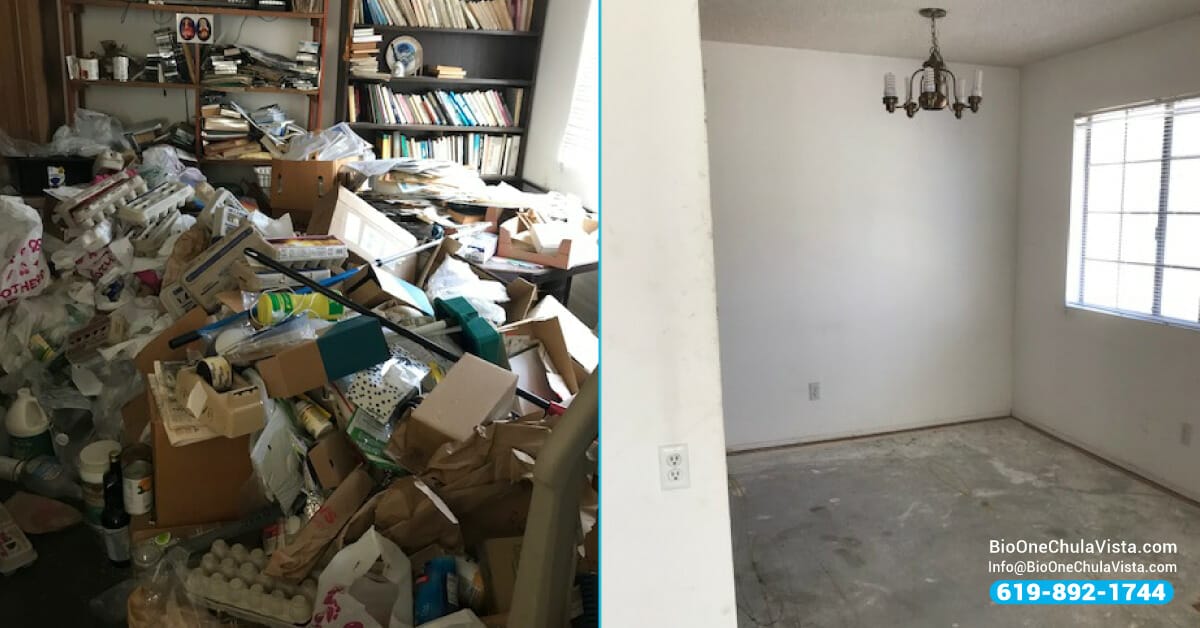
At Bio-One, we understand the delicate nature of hoarding and offer compassionate and discreet services to assist in decluttering and restoring balance to living spaces. Additionally, our experienced team can provide resources and support for individuals looking to manage their collecting habits healthily.

For families, emergency responders, and anyone who may find themselves in the vicinity of this potentially fatal substance, recognizing fentanyl exposure symptoms can be a matter of life and death.
Understanding the nuances of fentanyl is perhaps the first layer of defense in a concerning landscape. From there, we will venture into the symptoms of exposure, both physical and behavioral, which can serve as beacons signaling danger. We'll then provide insight into swift and decisive immediate actions to take!
Disclaimer: Please understand that fentanyl is an extraordinarily potent and dangerous substance. Direct contact with or exposure to even minute amounts can result in severe health complications or death. If you suspect you have encountered fentanyl, distance yourself immediately and seek professional assistance.
Fentanyl, a synthetic opioid, is 50 to 100 times more potent than morphine. It's a prescription drug but is also made and used illegally. Fentanyl is prescribed to manage severe pain, typically for advanced cancer pain. It's often administered via injection, transdermal patch, or in lozenge form. However, the potency that makes it an effective painkiller also renders it extremely dangerous in unwarranted doses or encounters.
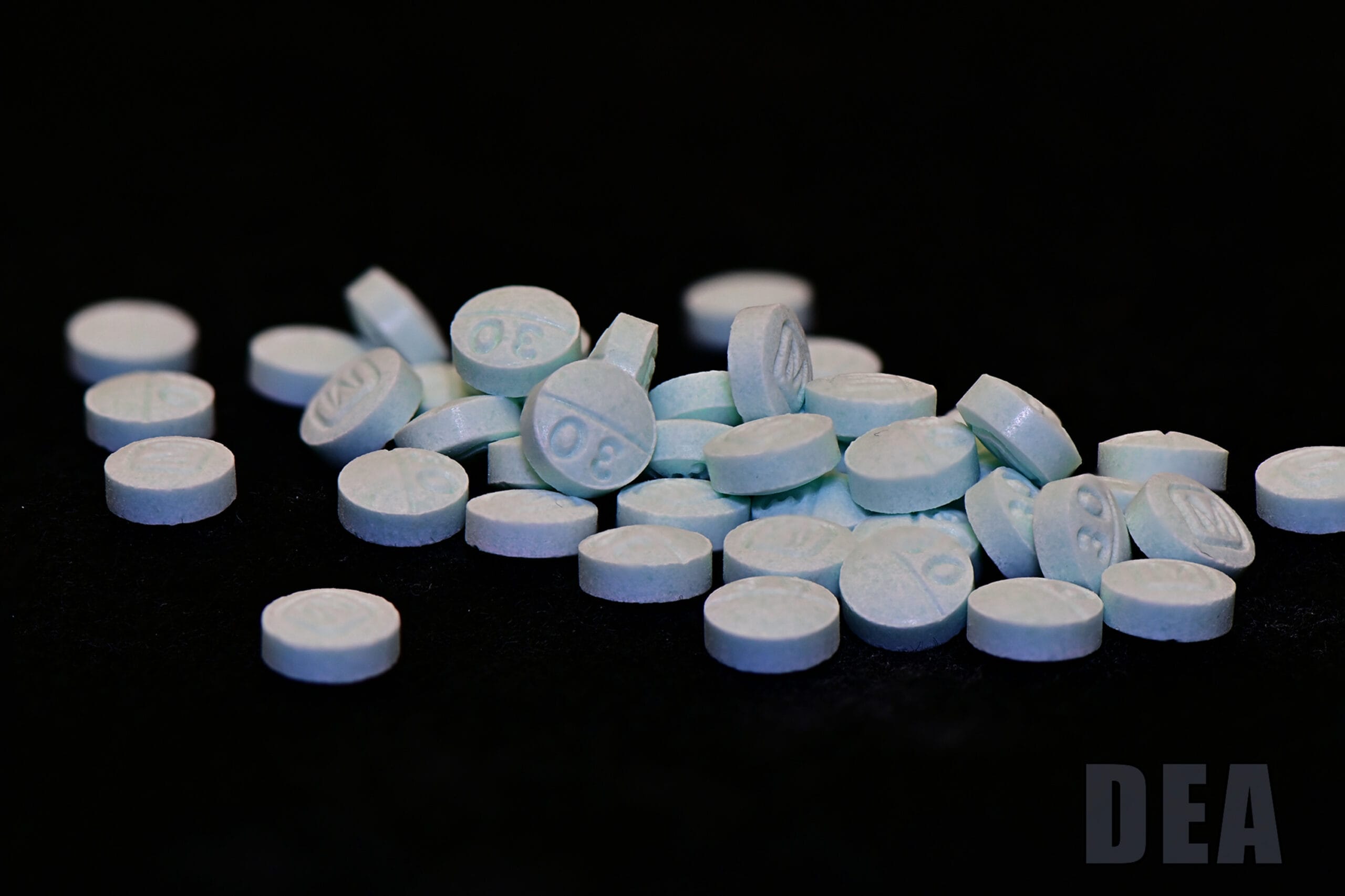
People can inhale, absorb through the skin, or inadvertently ingest fentanyl. This may occur when someone accidentally leaves fentanyl on surfaces or comes into contact with the drugs, whether knowingly or unknowingly. Exposure isn't always the result of criminal intent; it can occur in homes where someone uses fentanyl legally, or kids find it on the ground in the neighborhood.
When someone is exposed to fentanyl, whether through inhalation, skin contact, or ingestion, the onset of symptoms can be swift. These may include:
These manifestations are telltale signs of a potentially fatal event unfolding and should not be ignored or attributed to anything less than a critical emergency.

The behavioral changes associated with fentanyl exposure symptoms can be equally alarming, as they signal a departure from normal cognitive and physical function. Look out for individuals who are:
If possible, remove an individual displaying any of these symptoms from the environment for their safety and the safety of others.
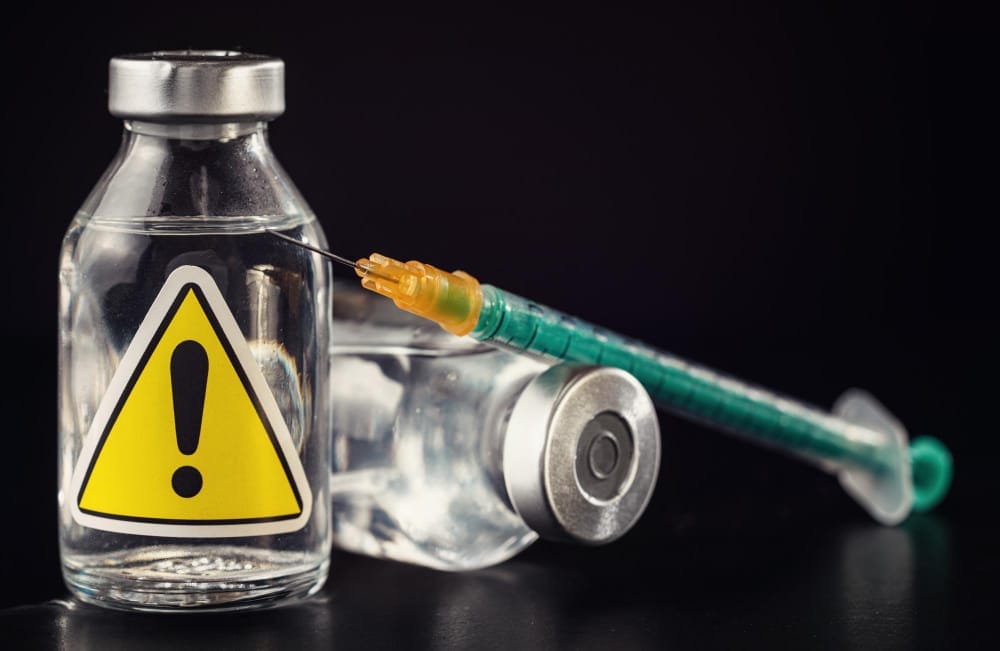
Swift and decisive actions upon suspecting fentanyl exposure can be the difference between life and death. Here's what to do:
For first responders, the use of personal protective equipment (PPE) is critical when approaching a scene where fentanyl exposure is suspected.
When suspecting fentanyl exposure in a non-professional setting, responding immediately is just as crucial:
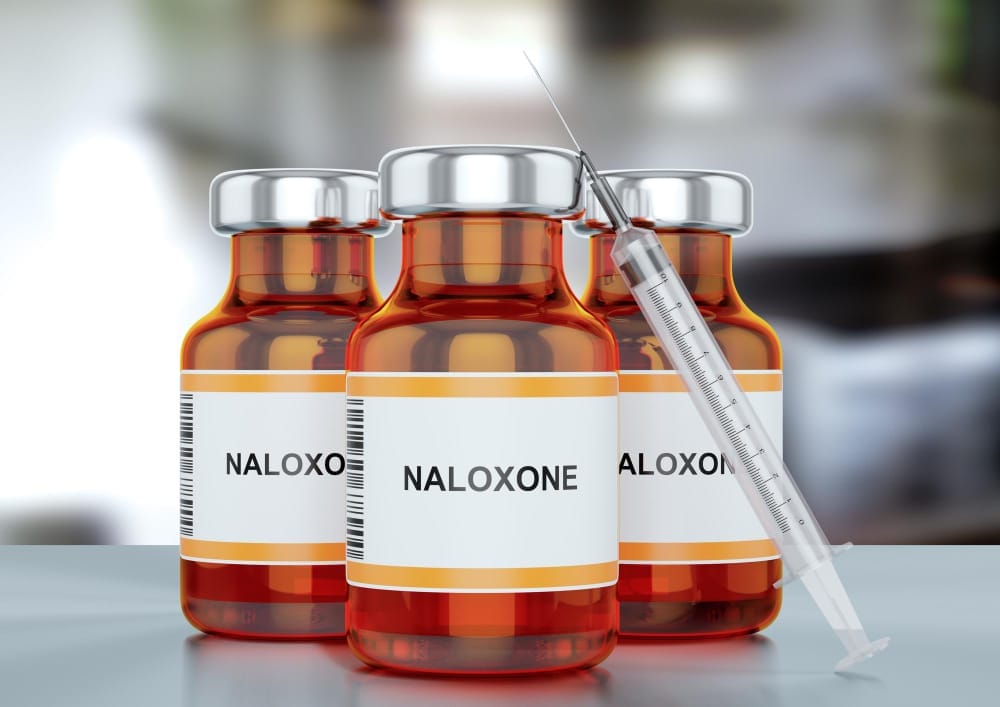
In the unfortunate event where fentanyl exposure has occurred, or where the risk is present, Bio-One of Chula Vista can help. We specialize in fentanyl remediation services, ensuring that post-exposure environments are thoroughly and safely restored. With a combination of knowledge, rapid response, and trusted professional services, Bio-One Chula Vista is committed to making your environment safe again!